Let us be honest: we came to The Witcher for the huge, juicy, and officially gross berserker against monster splatter fests. Sure, we all appreciate the intrigue of prophecies and child surprises, fate, and what Geralt will do.
We would not stay unless there were at least a few river-of-slime, guts-on-the-outside, blood-drenched monster encounters, no matter how well-written and fascinating the overall arc was. Friends, do not worry—the Season 2 creative team is certainly in attendance.
The Witcher: Season 2 features a large number of new Witchers, and if there are more Witchers, there must be more powerful creatures to battle them. That is undoubtedly the case in the second season of The Witcher, as we meet some formidable foes from the novels as well as some unexpected ones.
These foes are not to be taken lightly. The monsters that will appear in Season 2 are all listed here, but there will be spoilers, so look away if you do not want to be disappointed. So saddle up and get ready for a crazy ride as we discuss monsters from the very first episode all the way up to the season finale. Based on Andrzej Sapkowski’s Blood of Elves, Season 2 of The Witcher features a lot more monsters. Let us examine each one of them.
Bruxa
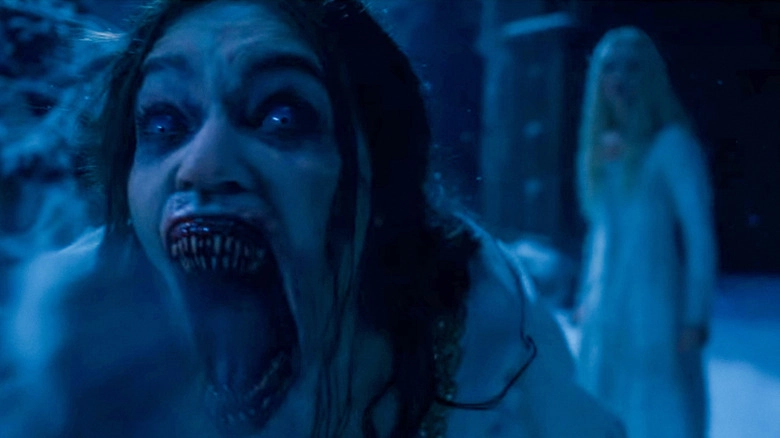
In the first episode of the new season, we encounter a pretty looking girl called Vereena who lives in a castle with Geralt’s old friend Nivellen. Right off the bat it is quite clear that something is off with her. She climbs walls and all over ceilings. We also see the mysterious and quite violent disappearances of travellers as they stopped at an inn near Nivellen’s castle. All of this ties together when it is finally revealed that Vereena is in fact a Bruxa. Nivellen fell in love with Vereena, but she murdered the other residents of the nearby town, so Geralt must assassinate her. Fans of the books will enjoy this battle, which includes sequences straight from the books.
One of Geralt’s more bruising Season 2 smackdowns is with a bruxa. Our dear witcher’s vampiric foe is a beautiful woman who sings her way into people’s dreams so as to bend them to her will and who is, in her natural form, a giant bat with huge fangs and nasty talons. Her scream has been known to propel large, muscular, and incredibly attractive grown men across courtyards and through stone walls. A bruxa, unlike others of her kind, can tolerate sunlight, is undetectable by witcher medallions, and can telepathically communicate with anyone she wants.
According to the Portugese legend of the bruxa, they aren’t turned by other vampires; they’re changed by magic, and unlike the bruxa of the Witcher-verse, they’re invincible. Bruxa, like many vampiric species, can take on animal forms. Rats, ants, and wolves are their alternate forms of choice. They have a particular fondness for the blood of children and enjoy causing havoc with travellers.
They worship Satan in their spare time, and their abilities are only active between the hours of midnight and two a.m. Iron and steel, as well as garlic, can repel bruxas. A mother could punish a bruxa who had harmed her child by boiling the child’s clothes and poking it with steel or iron needles. The bruxsa would frequently come to the mother, begging for mercy, which she would grant according to her whims. Either way, they are quite scary and we all know better than to trust pretty girls who seem perfect, or do we?
Nivellen

Nivellen is a friendly and charming creature that we come across. It is said that he is Geralt’s old friend and was actually a human, contrary to his current appearance, Nivellen looks like a hideous monster with a mane, a bear like head and large tusk like teeth who can conjure objects out of thin air. He is charming and hospitable and even offers both Geralt and Ciri a place to stay for the night.
He tells them his story and we learn that he was cursed by the Lionheaded Spider Cult because he had committed a heinous crime. Turns out that he had entered the temple of the Lionheaded Spider and he had violated the Priestess of the temple and was then was cursed to live like a beast forever, and was also cursed with immortality in his hideous form. They had also told him that his curse would only lift if he found someone to love him truly despite the fact that he was a monster not only in appearance but also on the inside.
It is only when Geralt kills the woman that Nivellen was in love with that he returns back to his human form and becomes a mortal again. It is also seen that the woman that Nivellen had fallen in love with was actually a monster called the Bruxa who fed on human blood and he would allow her to feed on him when she craved blood.
Wyvern
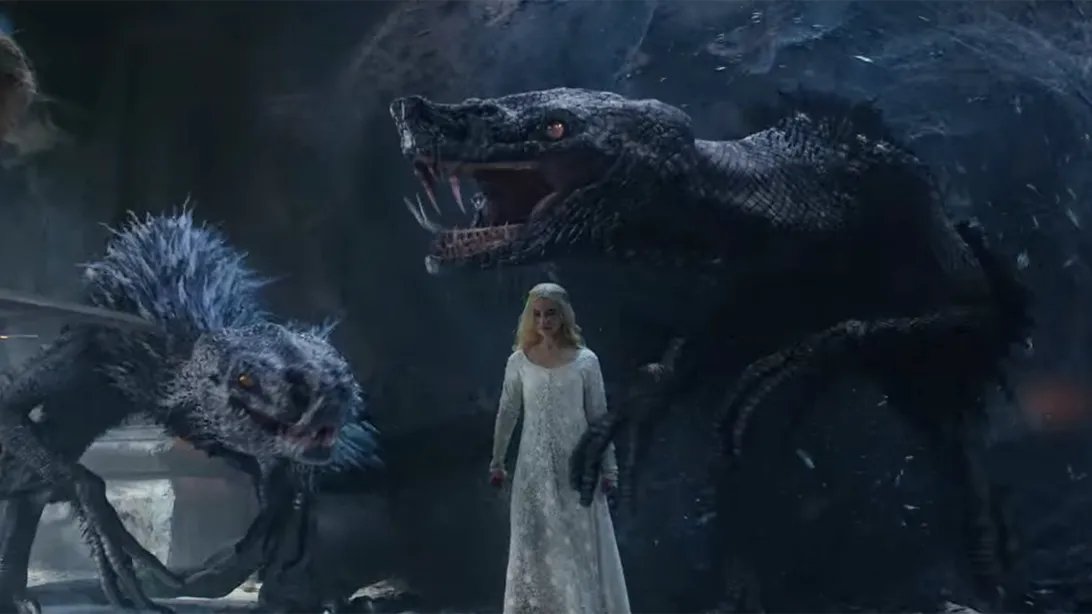
Wyverns are ornithosaurs with snake-like necks and long tails that end in a venomous trident, almost entirely covered in dark scales. The creature’s menacing teeth allow it to swoop down from the sky, easily snatching their prey and carrying it off to their nest, regardless of whether it is a sheep or a man. Geralt dismisses the wyvern as a minor nuisance that infests forests in swarms that can be cleared by a single witcher.
He explains that they live in dens, enjoy snapping at nethers, and that presenting the head of a wyvern to one’s irascible father can cause one’s mediocre offspring to express pride. Which has nothing to do with the wyvern we see at the end of Episode 8 biting through skulls and spines. While Geralt might dismiss them as minor pests, they are actually quite the notorious creature.
Wariness for the two-legged, winged serpent may have evolved from the well-founded fear locals felt when they saw Roman war banners emblazoned with the “vipera” approaching. The fact that wyverns are classified as a separate creature rather than a subspecies of dragon in mediaeval bestiaries may support this theory, as vipera resemble the bird-legged, therapod-footed wyvern with functional wings as forelimbs and a beak much more than dragons.
Wyverns have barbed tails as well, though experts disagree on them possessing a venomous stinger. Wyverns enjoy circling in the air in search of prey and treasure; similar to magpies, they will collect anything shiny, from trash to precious metals. According to one theory, wyverns are on the lookout for meteorites. According to some cryptozoologists, a few specimens may still exist in remote, wooded areas of Eastern Europe and Russia.
Leshen
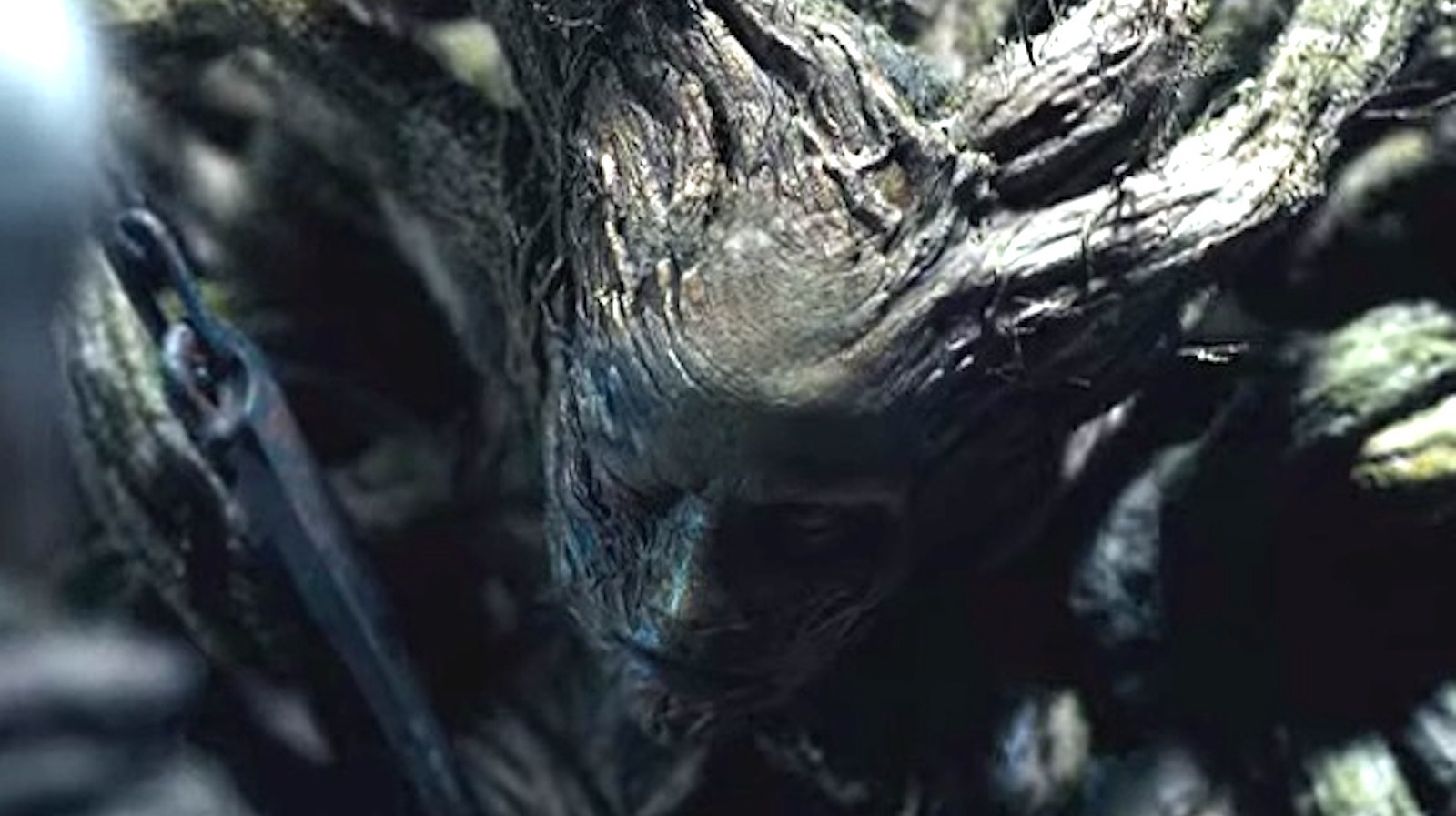
Leshen are highly intelligent, polymorphic, and iron-resistant hunters, prowling The Continent’s forests, ready to slaughter humans who dare to enter their domain. Despite the fact that they have a wildcat/bear form, they are most commonly seen in human suits or as human-tree hybrids.
They can use their roots as lashes or restraints, command nearby animals and plants, and vanish temporarily to confuse intruders. Witches are despised by these creatures. The leshen is a woodland spirit that controls both fauna and flora, and is frequently accompanied by crow murders and wolf packs. In the series, Geralt fights a leshen twice, but only once does it show control over its own roots.
Furthermore, the leshen, he appears to be fighting is mutated, which Geralt does not encounter elsewhere in the series. Despite the fact that the leshen was mentioned in passing in The Last Wish, Geralt never meets one in the novels. In terms of appearance, Season 2 of The Witcher appears to be inspired by CD Projekt Red’s portrayal of the leshen in The Witcher 3: Wild Hunt.
While the leshy can be aggressive in certain circumstances, he is primarily a mischievous trickster and, on occasion, a trusted friend to whom the countryfolk sent their children to be educated, according to Slavic folklore. It’s unclear whether the leshy is a god, a demon, or a tree spirit, and it’s possible he’s been all three at different times, but he’s frequently heard laughing, whistling, and singing in Eastern European and Russian forests. A leshy in human form, also known as “The Old Man of the Forest,” is covered in green fur and lacks eyebrows, eyelashes, and right ears. They have pointed heads and skin that resembles tree bark. At any size, the leshy also casts no shadow.
Chernobog
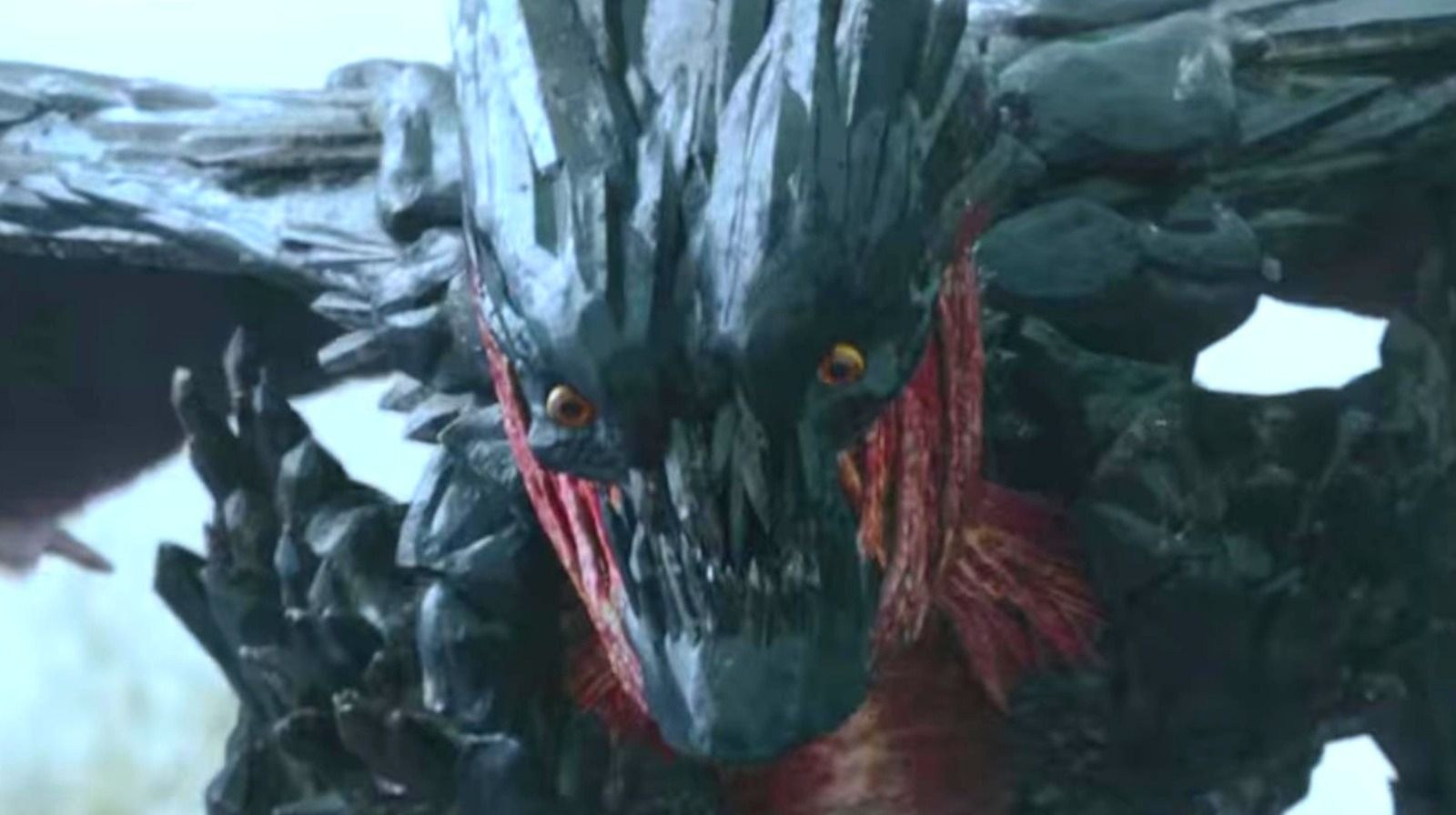
The games make frequent references to Chernobog Runes, but they aren’t linked to a specific monster there. We now have a monster associated with it, one that will leave a mark on Geralt in Season 2. Later in the season, the show introduces the Chernobog, which is one of Geralt and Ciri’s biggest enemies yet. The Chernobog is a hybrid creature that resembles a human and a dragon.
They have large wings and sharp claws, and they are quite large, and the wind created by their wings can knock you back. Apart from being massive in size, it is also definitely a formidable foe because of its vicious attacking abilities. The Chernobog appears in Season 2’s fifth and sixth episodes, “Turn Your Back” and “Dear Friend,” respectively. The creature was clearly created from the mysterious stellacite, which had been left over from the obelisk that had been destroyed outside of Cintra. The creature has demonic wings and has an almost humanoid appearance. Geralt, with Ciri’s help, kills it not far from Kaer Morhen.
Chernobog is one of the gods of Slavic mythology, and he and his brother Belobog form a divine duo. They’re a mysterious duo about whom little is known, and what is known is filtered through Christian missionaries’ lenses. Take it how you want. Belbog, which means “white god,” is described as having a long, white beard. Chernobog is described as coal-colored, and some scholars believe he was one of the Church’s Satan blueprints. They also believe that the absolute dichotomy into which the brothers have been divided is a later invention, and that their pre-Christian cosmology balance was likely more nuanced and subtle.
Giant Basilisk

Basilisks are among the most frequently mentioned monsters in both the Witcher novels and the video games created by CD Projekt Red. Although the monster is a draconid, it is not mentioned in the novels. At the very least, not alive. Geralt appears in Sword of Destiny’s short story “The Bounds of Reason,” having just killed a basilisk in the Barefield region.
In Season 2 of The Witcher, three basilisks appear, looking more like a cross between a bird and a snake than a dragon, with feathers as well as reptilian scales. They have feathered, raptor-like arms, but they have a distinct appearance— different from what readers and even gamers are used to. Even the witchers of Kaer Morhen believe it is out of the ordinary. Basilisks have bird-like beaks and hooked talons, indicating that they are draconids.
This is what a bird, raptor, and dragon would look like if they had a child, and they are extremely dangerous. They move quickly and can clamp down and pierce through almost any material, especially flesh, with their beaks. Their claws also cause damage, and their enormous size makes it difficult for their victim to defend themselves against them, though it is possible. The fact that not one, but three of them appear in the finale will ensure that it is a must-see episode.
The Wild Hunt
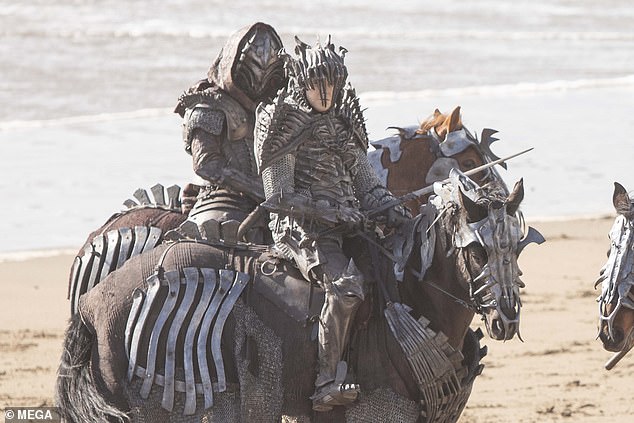
If you see these spectral riders approaching in the Witcher universe, it’s usually too late. The end isn’t just approaching; it has already arrived. The continent is on fire, and not even Rivia’s Geralt “I’ve lived through a whole dark age and three end of days” can save you.
The Wild Hunt, also known as the Wraiths of Mörhogg in Skellige, was widely thought to be a group of spectres galloping through the sky. Common people described them as a cavalcade of wraiths on undead horses galloping across the sky, signalling the start of a war.
They are, in fact, a group of Aen Elle elves from Tir ná Lia known as the Dearg Ruadhri in their native Elder Speech, which translates to “Red Riders.” They are led by Eredin Bréacc Glas, a general who later became king and is known as the King of the Wild Hunt. Their true mission was to find and capture slaves from other worlds to serve the Alder Folk, such as the Aen Seidhe. They eventually turned their attention to Ciri because of her Elder Blood.
In our world, things aren’t quite so desperate, though I doubt anyone welcomes the Wild Hunt with flowers and parades. Though almost every country in Europe has its own spectral squad, it’s likely that the first spectral squad was formed in the Germanic regions as a way for people to visualise, and thus gain some control over, their two most pressing and urgent fears: death and the violent mid-winter storms that made life in the far northern reaches even more precarious during the dark months.
Myriapod

The Myriapod, which has eight legs with sharp protrusions all over them, horns on its head, and massive teeth, is the next monster Geralt must fight. Despite its size, the Myriapod is incredibly agile, and Geralt will have to pull out all the stops to fend it off. They’re also extremely fast, and their faces are a little creepy. When the creature chases after Ciri and corners her, we get a close look at the creature’s face and gnarly teeth, and they’re not something we’d ever want to face.
This large centipede-like monster is unlike anything Geralt and Ciri have encountered in the novels. In Sword of Destiny, Geralt encounters a myriapod, or at the very least a close relative, when he saves Ciri in the Brokilon forest. Even Geralt the notorious monster slayer seems to not know what this creature is or where it has come from and we can assume that it had been released as a result of all the magical activity that was happening in an around Cintra.
The creature in Season 2 of The Witcher is given a lot of creative licence. The show adds a blade-like raptorial foreleg and humanoid hands to the upper-section of the myriapod in the third episode, “What is Lost.” The head also has two mouths, each with razor-sharp teeth, which is a far cry from the monstrous insectoid introduced elsewhere. If insects give you the creeps, this gigantic one will definitely cause a shiver run up your spine when it pursues and attacks Ciri before our favorite witcher is able to cut its head off.
Zeugl
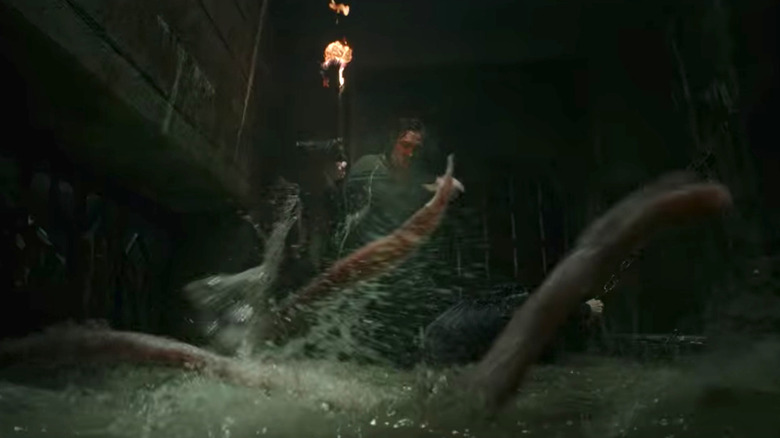
As Yennefer and Cahir make their way through the sewers, we come across another creature. We only see the creature’s tentacles emerging from the water, but we’ve seen an up-close look at its body in the games, and it’s pretty gross. They have a large mouth and rows of teeth, as they try to eat their food whole while submerged in the water, as shown in the show. The tentacled, sewer-dwelling zeugl was first introduced in Sword of Destiny’s “A Shard of Ice.”
Geralt slays one in the sewers of Aedd Gynvael, a small town. The bodies of these creatures are bulbous, with sharp teeth and four tentacles. A Zeugl attacks Yennefer and Cahir, as well as their elven company, in the Season 2 episode “Redanian Intelligence.”
Despite the brutal attack and its consequences, the Zeugl is never revealed in the show, with the exception of a brief scene showing a portion of its fish-like body swimming through Oxenfurt’s sewers. However, only its tentacles are visible during the attack, which is more or less accurate in terms of the novel depiction. Season 3 may reveal its full form, but even as tentacles in the water, it made quite an impression this time around.
Voleth Meir
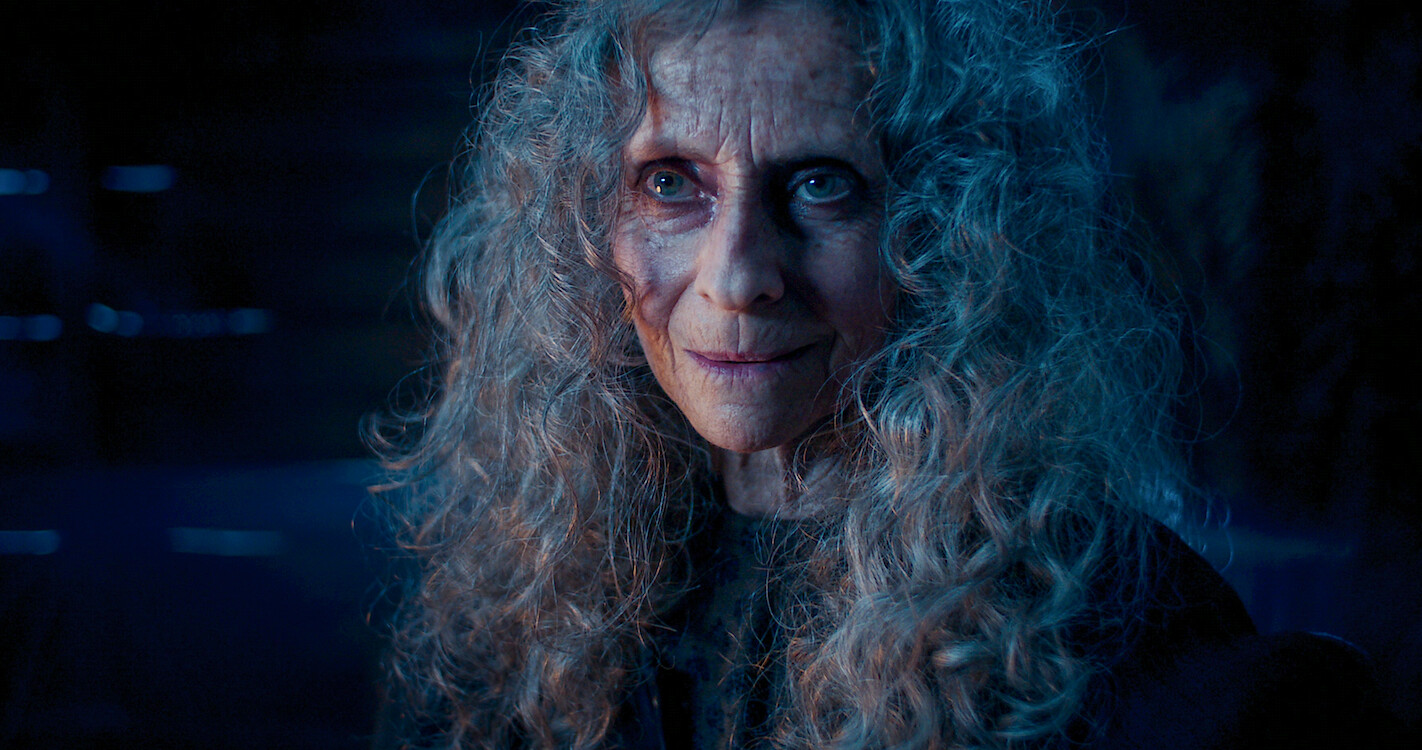
Last but not the least we have the horrifying and manipulative Voleth Meir, the main antagonist of The Witcher Season 2. Voleth Meir, also known as the Deathless Mother, is a demon who feeds on suffering. They usually take on the appearance of an elderly human woman, but this depends on the person with whom they’re interacting. During the Conjunction of the Spheres, demons appeared on the Continent, and the first witchers were hired to deal with Voleth Meir, whom they later entombed in her hut beneath an elven ruin in the North.
Centuries passed, and everyone except the witchers had forgotten about the imprisoned demon. Despite her enslavement, Voleth Meir was able to communicate with certain people through dreams. Ciri’s abilities were revealed when she brought down a monolith during the Slaughter of Cintra, which reawakened the ancient demon, who realised the princess’ screams at the monoliths opened portals into the other spheres, finally allowing Voleth Meir to return home.
In 1264, the demon began to visit Francesca Findabair, Fringilla Vigo, and Yennefer of Vengerberg in their dreams in an attempt to free her. Initially appearing as a different hooded figure to each of them, with Francesca believing it was Ithlinne, Fringilla believing it was Emperor Emhyr var Emreis, and Yennefer believing it was an unknown person, she was able to persuade them to locate her sealed sarcophagus and recite the incantation to gain access and meet her.
They all quickly realised it wasn’t who they thought it was, and the demon offered to give them what they “deserved.” It all comes to a head in the final episode of the season where the demon takes control of Ciri’s body, possessing her and then proceeds to wreak havoc inside Kaer Morhen before she is finally stopped by all of their joint efforts.
With that we come to the end of this list. If you haven’t watched The Witcher yet, it is streaming now on Netflix, so gather your wits, get some snacks and be prepared to encounter these grisly beasts!
